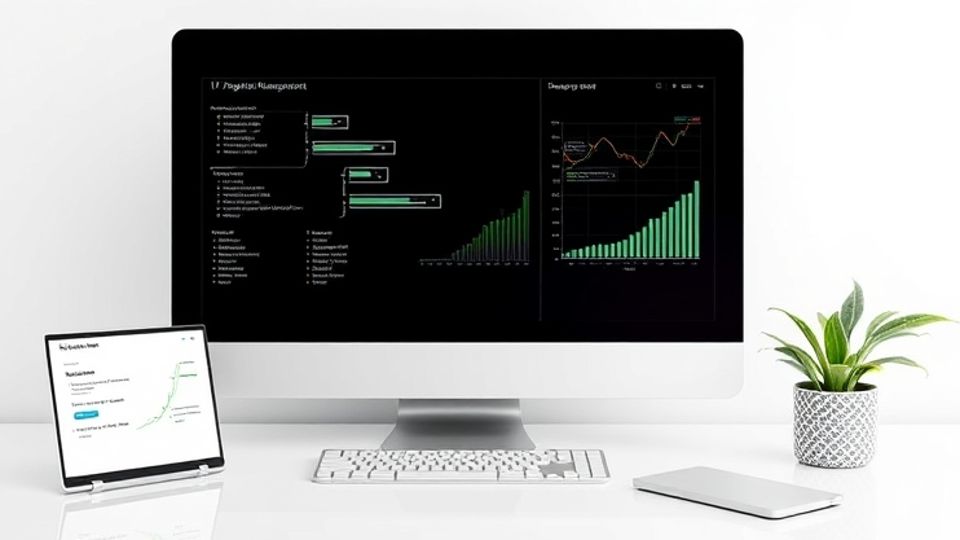What Is A Retrospective Template?
A retrospective template is a structured tool used during retrospective meetings to evaluate and reflect on a project's past performance. These meetings, often held at the end of a project phase or sprint, are crucial for identifying what worked well, what didn’t, and how processes can be improved for future projects. Retrospective templates help facilitate these discussions in a structured manner, ensuring that valuable insights are captured and actionable.
Key Elements Of A Retrospective Template
- Introduction: A brief overview of the meeting’s purpose, which is to review the project phase or sprint, discuss what went well, identify challenges, and propose improvements.
- What Went Well: A section dedicated to recognizing and documenting the successes and positive aspects of the project or sprint. This helps reinforce best practices and motivates the team by celebrating achievements.
- What Didn’t Go Well: Here, the team reflects on the issues, challenges, and areas that did not meet expectations. Identifying these issues is crucial for understanding what needs to be addressed to avoid repeating mistakes.
- Action Items: Based on the discussion of what went well and what didn’t, this section outlines specific actions to be taken to address problems and enhance future performance. Action items should be clear, achievable, and assigned to responsible team members.
- Lessons Learned: A summary of the key takeaways from the retrospective, including insights on what can be improved and how similar issues can be avoided in the future.
- Feedback: Collecting feedback on the retrospective process itself to improve the effectiveness of future meetings. This can include questions on what aspects of the meeting were helpful and what could be improved.
Benefits Of Using A Retrospective Template
- Structured Reflection: Provides a systematic approach to reviewing project performance, making it easier to capture comprehensive feedback and insights.
- Improved Communication: Facilitates open discussions about successes and challenges, promoting transparency and team collaboration.
- Actionable Insights: Helps identify specific areas for improvement and develop actionable plans to address issues, leading to enhanced team performance in future projects.
- Continuous Improvement: Encourages a culture of continuous improvement by regularly reflecting on and learning from past experiences.
- Documentation: Keeps a record of discussions and decisions made during retrospectives, providing valuable historical data for future reference.
Why Vabro’s Retrospective Tools Stand Out
Vabro offers an advanced retrospective tool designed to streamline the reflection and improvement process. With Vabro, users get a user-friendly template that makes organizing and conducting retrospectives easy. Features like real-time collaboration, automated tracking of action items, and comprehensive reporting help ensure that retrospectives are productive and lead to tangible improvements.
Conclusion
By integrating Vabro’s retrospective tools into the project management practices, users benefit from a structured approach to learning from past experiences and enhancing team performance. Discover how Vabro can support the team’s growth and drive better project outcomes with its innovative retrospective solutions.
